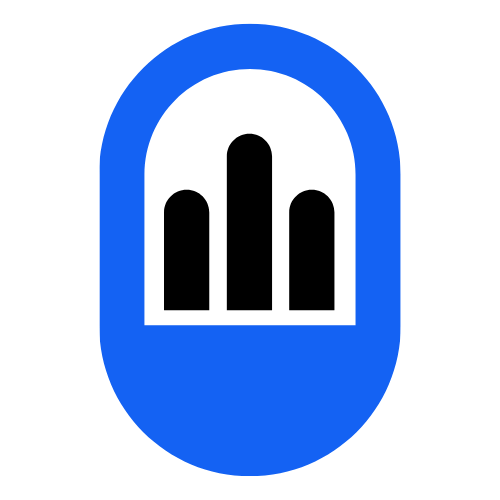Unlocking the Power of Storytelling Through User Interviews
User research is pivotal in shaping user-centered designs and enhancing product functionality. By leveraging specific metrics, product teams can extract actionable insights from user interactions to drive improvements.
Here are the five most popular user research metrics that are essential for gauging usability and user satisfaction.
1. Net Promoter Score (NPS)
What is it?
Net Promoter Score is a metric used to gauge the loyalty of a firm's customer relationships. It serves as a core measurement for customer experience management programs worldwide by asking users one simple question: "On a scale of 0-10, how likely are you to recommend our product to a friend or colleague?" Responses are used to classify customers into Promoters (9-10), Passives (7-8), and Detractors (0-6).
Why use it?
NPS helps identify overall user satisfaction and the likelihood of increasing your user base through recommendations. It's straightforward, correlates with revenue growth, and provides clear benchmarks for user loyalty and brand perception.
2. Customer Satisfaction (CSAT)
What is it?
Customer Satisfaction Score measures immediate user satisfaction with a product or service. Typically obtained through a survey with one key question, "How would you rate your overall satisfaction with the service/product you received?" Answers are measured on a scale, often from 1 (very unsatisfied) to 5 (very satisfied).
Why use it?
CSAT is invaluable for getting quick feedback on specific interactions or features within your product. This metric can guide iterative design changes and help prioritize which areas need improvement from a user’s perspective.
3. Task Success Rate
What is it?
Task Success Rate is a critical usability metric that measures the percentage of correctly completed tasks by users during usability testing. This metric is directly observed and recorded by researchers as participants use the product.
Why use it?
Understanding which tasks users succeed or struggle with can highlight functionality that may need to be simplified or redesigned. A high success rate generally indicates that a product is easy to use and intuitive, whereas a low success rate might suggest usability issues.
4. Time-on-Task
What is it?
Time-on-Task measures how long a user takes to complete a task from start to finish. This metric is especially useful in usability testing to assess the efficiency of task completion.
Why use it?
Longer times may indicate that a task is too complex or the interface is not intuitive, suggesting areas for improvement. Comparing times across different tasks can also help prioritize which tasks need the most attention in terms of usability.
5. User Error Rate
What is it?
User Error Rate is the number of errors users make while completing a task divided by the total number of task attempts. This helps in identifying areas within your product that are prone to user errors.
Why use it?
High error rates are indicators of poor user interface design or complex product functionalities. By identifying and correcting these errors, you can enhance product usability and user satisfaction.
Conclusion
These five user research metrics are invaluable for product teams looking to enhance user experience based on empirical data. By regularly measuring these metrics, teams can identify what works, what doesn’t, and where there might be opportunities to innovate and improve. Remember, the goal of utilizing these metrics is to create a seamless, intuitive, and enjoyable experience for all users that will ultimately drive product success.
Incorporate these metrics into your user research practices to ensure that your product not only meets but exceeds user expectations.
